
Updated - March, 2013

The Antigua KGVI Issues were printed between 1938 and 1952. This article is intended to show a collector how to sort these stamps using one of the three major catalogues. Please note that there are numerous color shades of the stamps shown. We are not planning to illustrate every listed catalogue shade, but rather to identify how to sort the stamps into the primary catalogue numbers.
The catalog numbers are from the 2008 Commonwealth Catalogue (CW), the 2011 Stanley Gibbons Stamp Catalogue (SG) and the 2011 Scott catalog (ST). The descriptions are from the Commonwealth Catalogue. Please order a Commonwealth Catalogue from Murray Payne if you want to see more details on prices, or flaws from these and other KGVI issues.
Although there were as many as 10 different printings of some of these
values, the catalogs list only the obvious differences. So expect to see
a range of colors because the technology for color matching in the 1930's
and 1940's was not that exact when the printer mixed up the ink. My opinion
is that the first printing is the one that is listed in the catalog, and
then any major deviation is also listed. For this illustration, I did
copy the stamps from the first printing (they have the yellowish gum as
shown below). Don't be surprised if your copies don't match exactly.
The stamps were printed by Waterlow and Sons. The Waterlow printings tend
to be pretty consistent in the perforations used (from about 12.4 to 12.8),
but will range in colors and in the paper and gum that was used. Some
experts claim you can tell the printing from the perforation, but when
I have compared them, it appeared to be inconclusive.
The images were saved in a larger size and at a higher resolution so you can more easily see the details used in sorting them. Please be patient if it takes a few minutes for this page to load.
Paper and Gum used for Antigua
KGVI Issues |
||
The paper and gum can be used to
help you determine the relative time period that the stamp was printed. Notice the differences in the color and apparent thickness of the stamps shown below when you view them against black paper. |
||
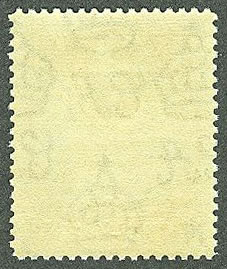 |
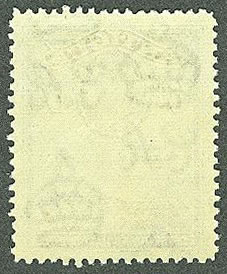 |
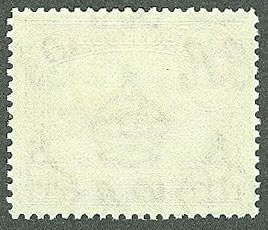 |
| 1938-1942
Printings Yellowish or Creamy Gum Thicker Appearing Paper You might see ridges in the gum under a strong light. |
1943-1947
Printings Off-White Gum Thinner Appearing Paper The watermark is most visible on this paper. The gum color tends to fall between the yellowish early paper and the whiter later papers. |
1948-1952
Printings White Gum Thinner Appearing Paper The bright white color is very obvious when viewed against black paper. |
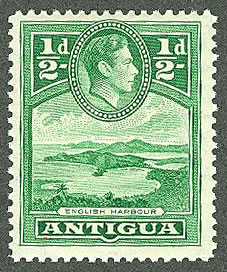
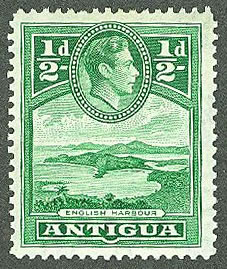
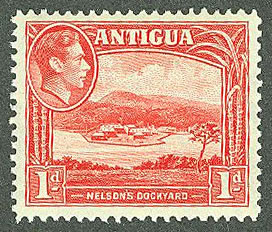
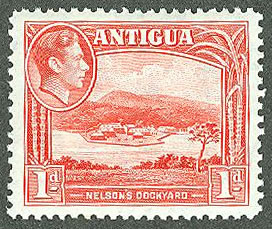
1/2d Yellow-Green
1/2d Green
1d Deep Scarlet
1d Red
Expect to see the yellowish gum.
Expect to see some variation in color.
You will see a range of gum types.
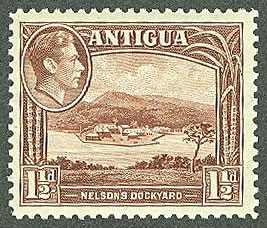 |
 |
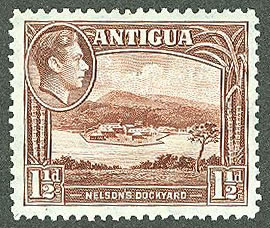 |
CW 3 - SG 100 - ST 86 1-1/2d Chocolate-Brown |
CW 3a - SG 100b - ST 86 1-1/2d Lake-Brown |
CW 3b - SG 100a - ST 86 1-1/2d Red-Brown |
| Most of the printings
fall under this description. Expect a range of papers. |
Expect to see white
paper. Notice the purplish tinge to the color. |
This is found on
both off-white and white paper. The color is deeper than CW 3. |
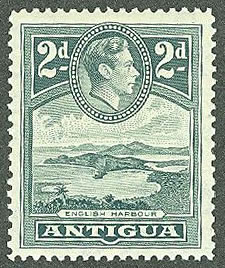
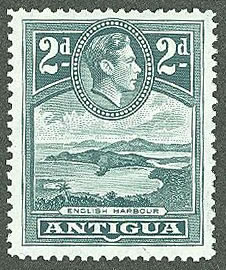
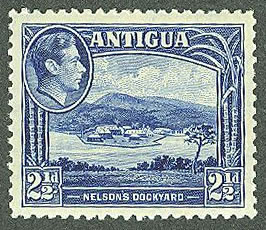
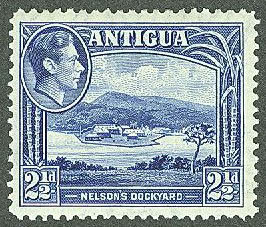
2d Grey
2d Slate-Grey
2-1/2d Deep Ultramarine
2-1/2d Ultramarine
description. Expect a range of papers.
description. Expect a range of papers.
off-white paper of the mid-1940's.
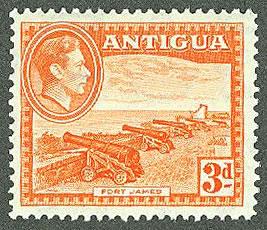
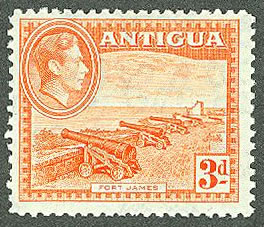
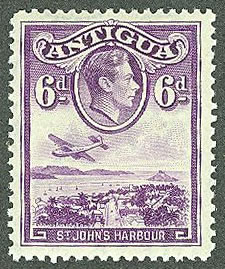
3d Orange
3d Pale Red-Orange
6d Violet
description. Expect a range of papers.
off-white paper of the mid-1940's.
You will see a range of colors and papers.
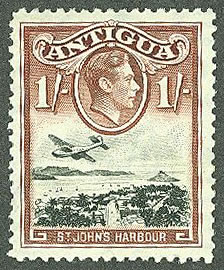
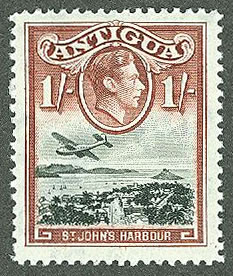
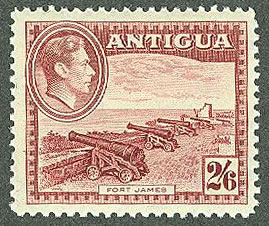
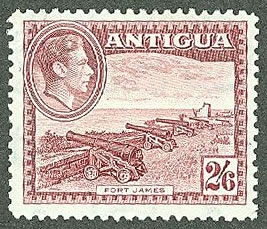
1/ Black & Chocolate
1/ Black & Lake-Brown
2/6 Purple-Claret
2/6 Dull Purple
description. Expect a range of papers.
Note the purplish color of brown.
Expect to find this on the yellowish gum.
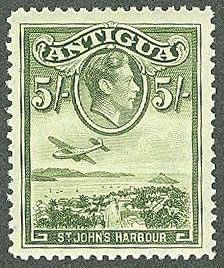
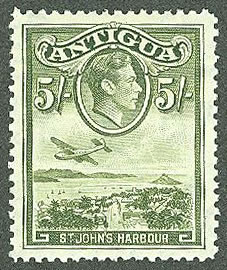
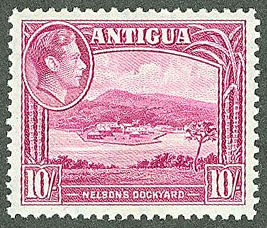
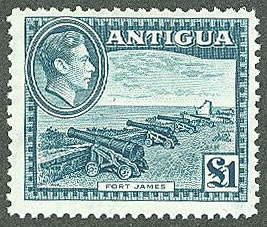
5/ Olive
5/ Grey-Olive
10/ Deep Magenta
£1 Greenish-Slate
They will easily provide you with samples you can use to determine the white paper issues.
This article was written to help you identify your stamps. Please feel free to ask a question, or include a correction.